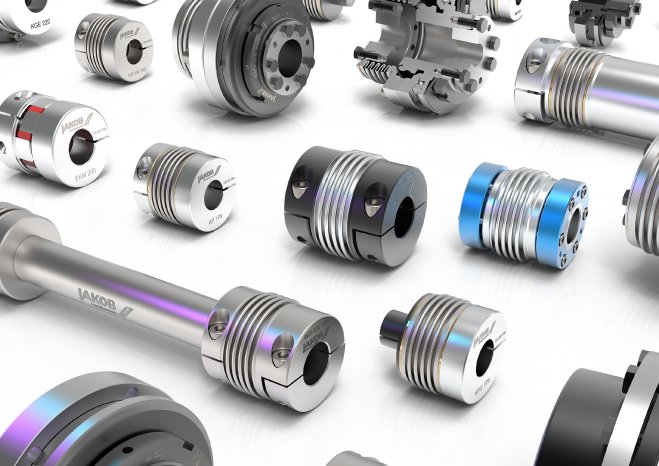First, the maximum required torque is determined. The coupling should be selected accordingly, whereby long-term use in overload or absolute limit ranges should be avoided.
Misalignment plays a critical role in clutch life. Precise alignment is therefore essential as greater misalignment reduces the life expectancy of the coupling. The compensable lateral offset usually varies between 0.15 and 0.3 mm and is highly dependent on the number of bellows shafts. For example, a 4-shaft coupling has significantly higher possible offset values than a 2-shaft coupling. In general, the lateral offset after torque is the decisive factor as it has a significant impact on power transmission. A high offset can lead to rough operation, which in turn can manifest itself in increased wear, more noise or even damage to the entire drive train.
The measurement of the maximum operating temperature should also take into account the possible heat development of the machine and its components during ongoing operation. The selection of the coupling material is also important in this context. For example, the often used lightweight aluminum is replaced by stainless steel components at very high temperatures.
The choice of hub type, the possible dimensions of the coupling or whether a safety element should be installed are also important questions.
After all criteria have been taken into account, a suitable coupling can be selected. JAKOB Antriebstechnik also offers a configurator that guides the customer through these questions and offers possible couplings. If you are unsure, the manufacturer will be happy to provide advice.


